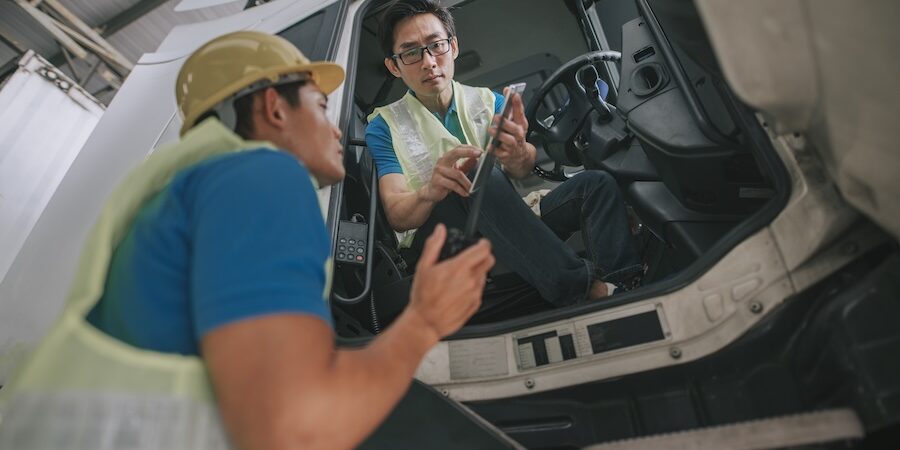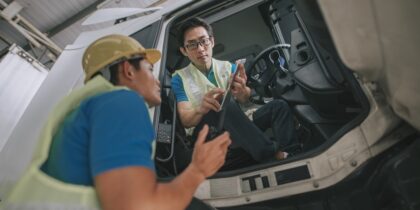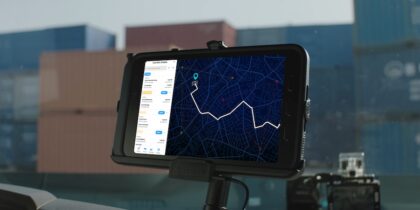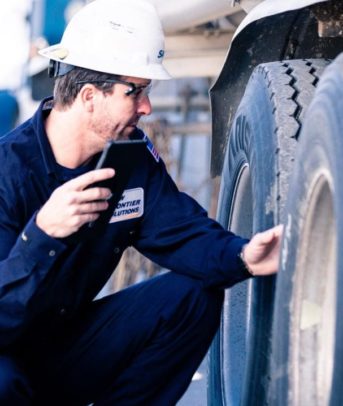If you visit a modern logistics hub, you’d be amazed at the automation and smart tools at work in nearly every part of the chain. AI predicts orders. Robots pick up packages. Dispatchers use software to optimize routes in seconds. And then the packages are loaded into the same old diesel trucks navigating the same aging highways with the same old bottlenecks that have always been there.
It’s a bit like trying to stream 4K video over a dial-up connection: the next-gen capability is there, but the supporting infrastructure is not.
And these days, customers expect 4K (think near-instant delivery, tracking in real time and exact ETAs). Luckily, innovative fleet managers have access to new technology that empowers them to leapfrog lagging infrastructure and meet those high expectations.
What leapfrogging looks like
To solve the 4K streaming challenge, media companies developed compression algorithms and local caching, in addition to smarter interfaces. That allowed them to do more with less, even with slow endpoint connections.
Similarly, modern fleet managers are deploying all kinds of smart tech to deliver performance, even on outdated infrastructure.
From coast to coast, they’re using connected tools to give delivery drivers better visibility into operations, more agile coordination and superior outcomes. Mobile devices provide of-the-moment routing updates, digital manifests and the ability to communicate instantly with dispatchers. Predictive diagnostics constantly monitor the health of a vehicle, preventing costly and reputation-damaging breakdowns. AI-driven dash cams use coaching tools to boost safety by detecting risky driving behavior. And remote management platforms keep the entire network—and every single device or vehicle connected to it—secure and updated.
Real results
Fleet managers are seeing real results for all of these new tools. Optimizing routes and monitoring how drivers drive leads to fuel savings of 5 to 15%. McKinsey says predictive maintenance can lower repair costs by a quarter and bump uptime from 10 to 20%. And AI dash cams significantly improve safety, to the tune of 60% fewer dangerous driving incidents. The benefits are holistic: 41% of fleets with GPS activated report a higher ROI in their first year of adoption.
These savings and benefits aren’t reserved for big private-sector companies. In Midland, Texas, the local government replaced a patchwork of existing systems with one, integrated GPS and dashcam system to slash service costs and make its multi-department municipal fleet safer. The fix saved the city $1 million in the first year.
You can’t transform aging and decrepit infrastructure overnight, or even over the next decade. You can, however, shake up fleet management with the right new tools. From predictive diagnostics to remote management systems—and much in between—these tools are helping logistics companies not only meet ever-growing customer expectations but exceed them.
Find out how Samsung’s connected mobility tools like rugged tablets, predictive diagnostics and secure device management empower fleet managers to leapfrog lagging infrastructure and exceed sky-high customer expectations.








